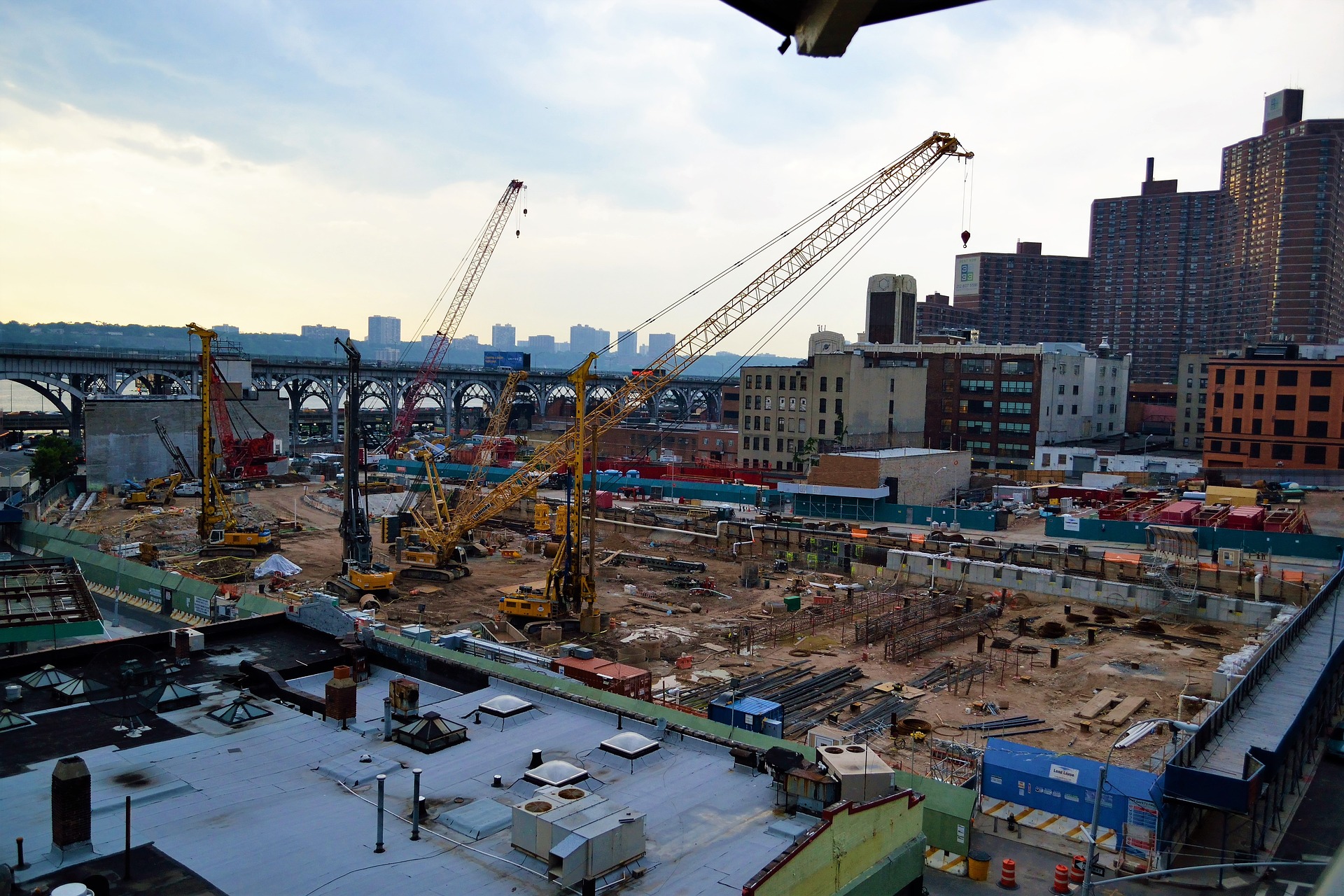The Importance of Proof Load Testing Overhead Cranes and Hoists
If you’re in the construction business, you should be aware of the importance of load testing overhead cranes and hoists. The safety of your employers and the project you’re working on are on the line, so making such beginners mistakes is a no-no. Here is a quick guide on everything you should know about the process.
What Is Proof Load Testing?
The activity of proofload testing is actually a regular part of the proper maintenance of the machines you are working with. The test serves to show just how much load can be handled without breaking something or causing the machine to stop working. Knowing the capacity is crucial, which is why you should not skip this step.
Is Proof Load Testing Mandatory?
Absolutely. It helps determine the limits of the equipment you’re working with and significantly decreases the risk of accidents and worst-case scenarios.
OSHA Standards for Load Testing
The Occupational Safety and Health Administration (OSHA) has curated a set of rules and standards that enabled load testing to become a mandatory part of routine maintenance. Hoists and overhead cranes require regular checkups ideally performed by a person who has all the technical skills and experience in working with such equipment. In cases when the equipment is exposed to extreme temperatures, constant attention is required.
What Are the 3 Types of Inspections?
According to OSHA, There should be a person designated for the task, and before use, functions such as lowering, hoisting, limit switches, locking, trolley, and bridge travel, should all be tested. Besides that, there are three main types of inspections, based on their frequency.
- Hoist chains, crane hooks, wire ropes should be visually checked and inspected on a daily level.
- Once in a month, a qualified person should perform severe load testing using normal weight in not-so-ideal conditions when the temperatures are extremely high, low, or the weather is bad.
- Once every six months, heavy operation load monitoring should be performed using 80% or 100% of the rated load.
Why Is Load Testing Important?
There are several reasons why this procedure is mandatory, so we are going to summarize them here briefly:
- Prevents accidents – First and probably most important reason. The person operating the crane needs to be entirely safe, and avoiding hazards is a top priority.
- Discovering malfunctions on time – Noticing potential problems and weaknesses early on is essential, making repairs much more efficient.
- Boosts productivity – Diagnosing some minor mistakes can give you the chance to make some regular updates and increase productivity.
- Regular maintenance – Having to schedule load testing regularly means that you’ll have some time designated for observing and analyzing, and performing all other checkups.
- Getting to know how it works – During these tests, operators and other employees can familiarize themselves a bit more with the way different parts of the equipment work.
Don’t Neglect the Importance of Load Testing Overhead Cranes and Hoists
When working with such heavy equipment, it is essential to act responsibly and think ahead. Load testing is not something you should forget, so put it on the top of your list of priorities if you want your business to run smoothly.

